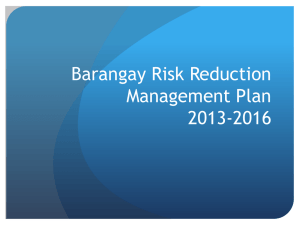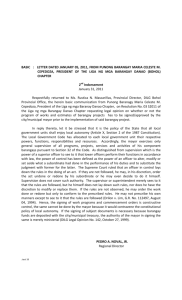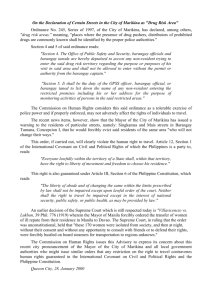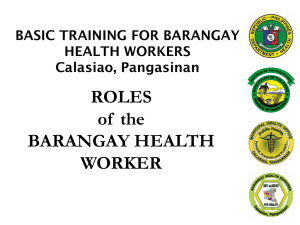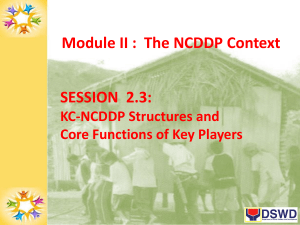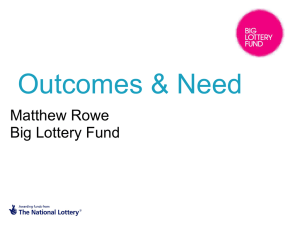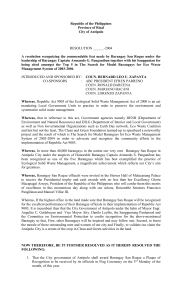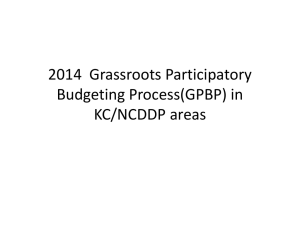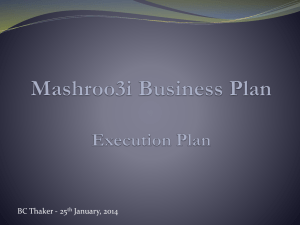ACT-MCT Joint Re-entry Planning for Cycle 2
advertisement
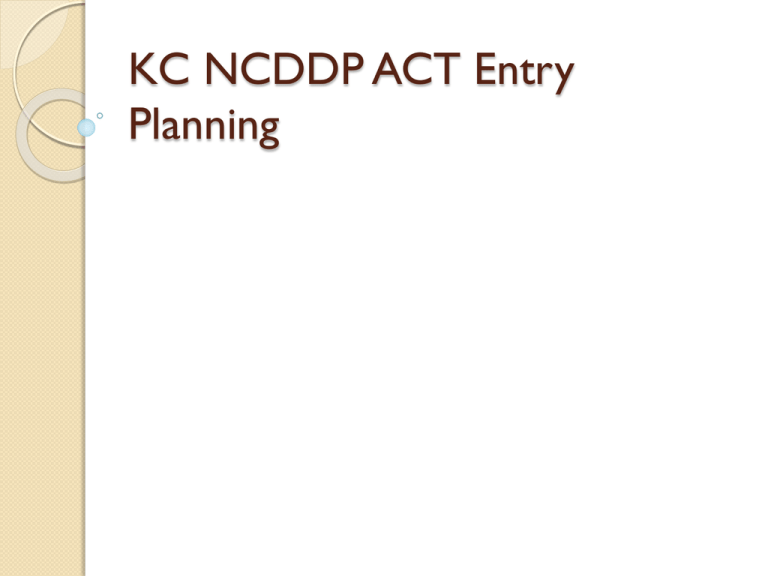
KC NCDDP ACT Entry Planning SMART Planning Specific Measurable Achievable Relevant Time-bounded Specific: Goal objectives should address the five Ws… who, what, when, where, and why. Make sure the goal specifies what needs to be done with a timeframe for completion. Use action verbs… create, design, develop, implement, produce, etc. Example: resolve accounting discrepancies within 48 hours. Measurable: Goal objectives should include numeric or descriptive measures that define quantity, quality, cost, etc. How will you and your staff member know when the goal has been successfully met? Focus on elements such as observable actions, quantity, quality, cycle time, efficiency, and/or flexibility to measure outcomes, not activities. Example: secure pledges from ten new donors by the end of each week. Achievable: Goal objectives should be within the staff member’s control and influence; a goal may be a “stretch” but still feasible. Is the goal achievable with the available resources? Is the goal achievable within the timeframe originally outlined? Consider authority or control, influence, resources, and work environment support to meet the goal. Example: obtain the XYZ professional certification within two years. Relevant: Goals should be instrumental to the mission of the department (and ultimately, the insti-tution). Why is the goal important? How will the goal help the department achieve its objectives? Develop goals that relate to the staff member’s key accountabilities or link with departmental goals that align with the institutional agenda. Example: develop and implement a diversity recruitment plan that increases the number of diversity candidates by ten percent. Time-bound: Goal objectives should identify a definite target date for completion and/or frequencies for specific action steps that are important for achieving the goal. How often should the staff member work on this assignment? By when should this goal be accomplished? Incorporate specific dates, calendar milestones, or timeframes that are relative to the achievement of another result (i.e., dependencies and linkages to other projects). Example: check the fire alarms and emergency lighting in all buildings every six months. Let’s look at some more examples: For an organization or department… Not SMART “Improve our student service.” SMART “Achieve and maintain an average student service rating of at least 4.0 (out of a possible 5.0) on our annual survey by 11/20/08.” For an exempt staff member… Not SMART “Create our 2008 strategic plan.” SMART “Create our 2008 strategic plan, obtain final approval from the Budget Committee, and discuss it with our department so individuals can begin setting their performance objectives by 829-07.” Not SMART “Improve project management skills.” SMART “Take the Project Management Essentials workshop on 10-18-2007, report what was learned to our team by 11-01-2007, and Planning Guides 1. 2. 3. 4. Define ACT scope and planning objectives Identify milestones and targets for October, November and December 2014 (activities, schedules) Identify ACT-MCT challenges, strategic actions, and support needed from LGU and S/RPMO Be ready to present your output for critiquing KC NDCCP Milestone October – December 2014 1. MO Conducted and LGU MOA signed 2. Consultation meeting on disaster impact and barangay ranking and allocation st 3. Community consultation (1 Barangay Assembly (BA)) 4. Municipal Forum & Community Grants Obligated 5. Project Proposal Development (PDW) nd 6. Community Consultation (2 BA) 7. Subproject Final Technical Review and Approval for Fund Release and First Tranche Downloaded rd 8. Barangay Assembly and Action Planning for SPI (3 BA) Stage and Milestone Timeline (additional slide) Stage Milestone Timeline (No. of days days 1. Social Preparation 1. MO Conducted and LGU MOA signed 3 days 2. Consultation meeting on disaster impact and barangay ranking and allocation 2 days 3. Community st consultation (1 Barangay Assembly (BA)) 1 week Additional Slide Stage Milestone 2. Stage 2: 4. Municipal Forum & Community Grants Obligated 5. Project Proposal Development (PDW) 6. Community nd Consultation (2 BA) 7. Subproject Final Technical Review and Approval for Fund Release and First Tranche Downloaded Community Planning and Project Proposal Development Timeline (No. of days days 3 days (including pre and post) 5 days (including pre and post) 2 weeks to 1.5 month 15 days Additional Slide Stage Milestone 3. Stage 3: 8. Barangay Assembly and Action Planning rd for SPI (3 BA) Communitymanaged Implementation and Organization Formation and Development Timeline (No. of days days 5 days (including pre and post) Planning format Planning Objectives: Ex. 1. ACT Isabela to complete social preparation for 2. Obligate 20M by the end of November 2014 Milestone Time Frame Oct 1. MO Conducted and LGU MOA signed 2. Consultation meeting on disaster impact and barangay ranking and allocation 3. Prepared by: AC DAC CFs Nov Dec Challenges Strategic Action Support Needed Remember the S.M.A.R.T. acronym when establishing goals and objectives. This formula for goal-setting helps ensure that both supervisors and staff members share the same understanding and clarity on goals set during the performance management cycle.

